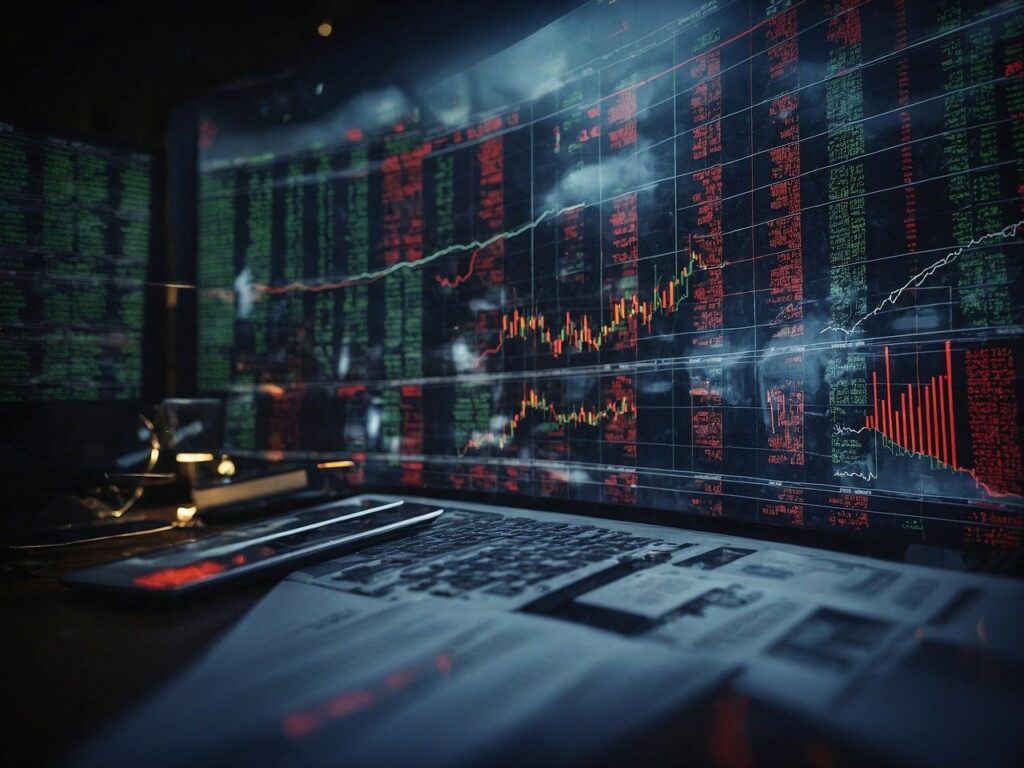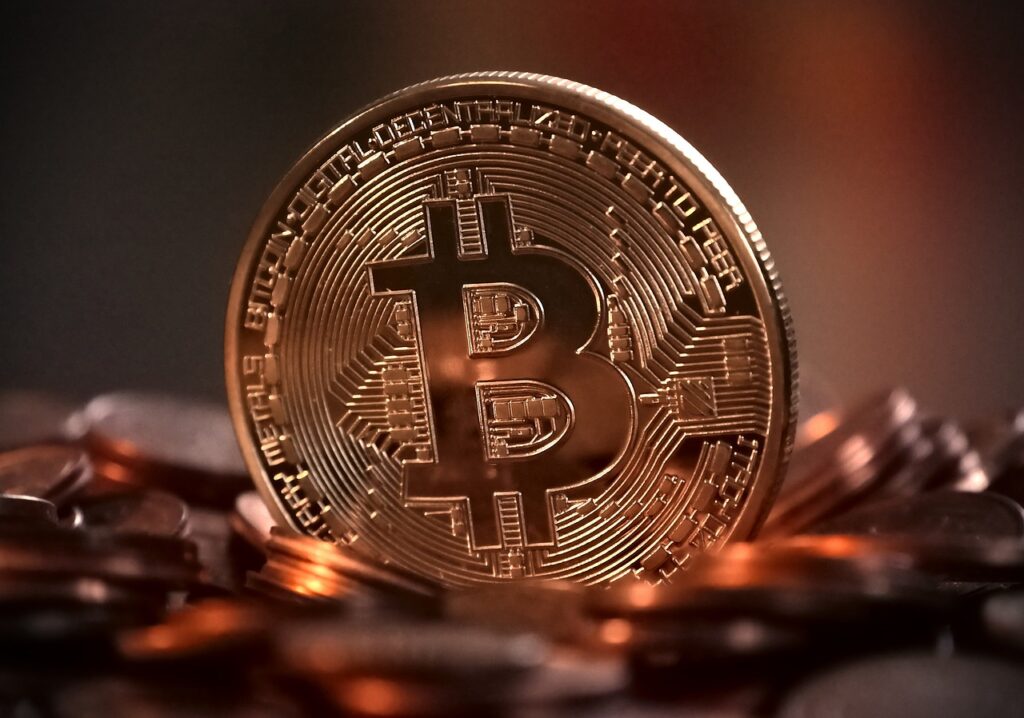Understanding DeFi (Decentralized Finance) for Beginners
The financial world is undergoing a transformative revolution driven by the advent of decentralized finance, or DeFi. DeFi represents a paradigm shift from traditional financial systems, leveraging blockchain technology to create a more open, accessible, and efficient financial ecosystem. This article will explore the fundamentals of DeFi, its key components, benefits, risks, and how beginners can get started in this exciting new space.
What is DeFi?
DeFi, short for decentralized finance, refers to a collection of financial services and products built on blockchain technology, particularly on public blockchains like Ethereum. Unlike traditional finance, which relies on centralized intermediaries such as banks and financial institutions, DeFi operates through decentralized protocols and smart contracts. These smart contracts are self-executing agreements with the terms of the contract directly written into code, enabling automated and trustless transactions.
Key Components of DeFi
DeFi encompasses a wide range of financial services, each designed to replicate or enhance traditional financial functions. Some of the most important components include:
1. Decentralized Exchanges (DEXs) Decentralized exchanges allow users to trade cryptocurrencies directly with one another without the need for a central authority. Examples include Uniswap, SushiSwap, and PancakeSwap. DEXs use liquidity pools and automated market makers (AMMs) to facilitate trading, offering greater transparency and lower fees compared to centralized exchanges.
2. Lending and Borrowing Platforms DeFi lending platforms like Aave, Compound, and MakerDAO enable users to lend their cryptocurrencies and earn interest or borrow assets by providing collateral. These platforms use smart contracts to automate the lending process, removing the need for traditional credit checks and intermediaries.
3. Stablecoins Stablecoins are cryptocurrencies designed to maintain a stable value by being pegged to a reserve asset like the US dollar or a basket of assets. Examples include Tether (USDT), USD Coin (USDC), and Dai (DAI). Stablecoins provide stability in the volatile crypto market, making them essential for various DeFi applications.
4. Yield Farming and Liquidity Mining Yield farming and liquidity mining involve providing liquidity to DeFi protocols in exchange for rewards, often in the form of additional tokens. This incentivizes users to contribute to liquidity pools, which are crucial for the functioning of DEXs and other DeFi services.
5. Decentralized Insurance DeFi insurance platforms like Nexus Mutual and Cover Protocol offer coverage against smart contract failures, hacks, and other risks. These platforms use decentralized pools of capital to underwrite insurance policies, providing an additional layer of security for DeFi users.
6. Decentralized Autonomous Organizations (DAOs) DAOs are decentralized governance structures that allow stakeholders to participate in decision-making processes. DAOs manage various DeFi projects and protocols, ensuring that they remain community-driven and transparent.
Benefits of DeFi
DeFi offers several advantages over traditional finance, making it an attractive option for users worldwide. Some of the key benefits include:
1. Accessibility DeFi opens up financial services to anyone with an internet connection and a digital wallet. This inclusivity is particularly beneficial for people in underbanked or unbanked regions, who have limited access to traditional financial services.
2. Transparency All transactions and smart contracts in DeFi are recorded on public blockchains, ensuring transparency and reducing the risk of fraud. Users can verify transactions and audit protocols at any time.
3. Lower Costs By eliminating intermediaries, DeFi reduces transaction fees and other costs associated with traditional financial services. This makes financial transactions more affordable for users.
4. Control and Ownership DeFi allows users to retain full control and ownership of their assets. Unlike traditional banks, which hold and manage funds on behalf of their customers, DeFi users interact directly with smart contracts, ensuring they have complete control over their investments.
5. Innovation and Flexibility DeFi is a rapidly evolving space, with new protocols and applications being developed continuously. This innovation fosters a dynamic ecosystem that offers users a wide range of financial products and services tailored to their needs.

Risks and Challenges of DeFi
While DeFi offers numerous benefits, it also comes with its own set of risks and challenges. Beginners must understand these risks before diving into the DeFi space.
1. Smart Contract Vulnerabilities Smart contracts are the backbone of DeFi, but they are not infallible. Bugs and vulnerabilities in smart contract code can be exploited by hackers, leading to significant financial losses. It is essential to use audited protocols and remain cautious of new, untested projects.
2. Market Volatility The cryptocurrency market is known for its volatility, and DeFi is no exception. While stablecoins provide some stability, other DeFi assets can experience significant price fluctuations, impacting the value of investments and returns.
3. Regulatory Uncertainty The regulatory landscape for DeFi is still evolving, with governments worldwide grappling with how to regulate decentralized financial activities. Regulatory actions could impact the legality and functionality of certain DeFi protocols, affecting users and investors.
4. Liquidity Risks Providing liquidity to DeFi protocols involves locking up assets in smart contracts. While this can generate returns, it also exposes users to liquidity risks, particularly in times of market stress or during protocol failures.
5. User Experience and Knowledge DeFi platforms can be complex and require a certain level of technical knowledge to navigate. Beginners may find it challenging to understand and use these platforms effectively, increasing the risk of mistakes and financial losses.
Getting Started with DeFi
For beginners looking to explore the DeFi space, here are some steps to get started safely and effectively:
1. Educate Yourself Before investing in DeFi, take the time to learn about blockchain technology, smart contracts, and the various DeFi protocols. There are numerous online resources, courses, and communities that can help you gain a solid understanding of the space.
2. Choose a Reliable Wallet A digital wallet is essential for interacting with DeFi protocols. Choose a reputable wallet that supports the DeFi ecosystem, such as MetaMask, Trust Wallet, or Coinbase Wallet. Ensure that you secure your wallet with strong passwords and enable two-factor authentication.
3. Start Small Begin with small investments to familiarize yourself with DeFi platforms and processes. This approach allows you to learn and gain experience without risking significant amounts of money.
4. Use Reputable Platforms Stick to well-known and reputable DeFi platforms with a proven track record. Research the platforms you intend to use, read reviews, and check for audits and security measures.
5. Diversify Your Investments Diversification is a key strategy in any investment portfolio. Spread your investments across different DeFi protocols and assets to mitigate risks and enhance potential returns.
6. Stay Informed The DeFi space evolves rapidly, with new projects and updates emerging regularly. Stay informed about the latest developments, security practices, and regulatory changes to make informed decisions.
7. Monitor Your Investments Regularly monitor your investments and the performance of the DeFi protocols you are using. Be prepared to adjust your strategy based on market conditions and emerging risks.
Conclusion
Decentralized finance represents a revolutionary shift in the financial landscape, offering a more open, transparent, and accessible system compared to traditional finance. While DeFi provides numerous benefits, it also comes with its own set of risks and challenges. By understanding the fundamentals of DeFi, conducting thorough research, and taking appropriate precautions, beginners can safely navigate this dynamic space and unlock its potential for innovation and financial growth. As the DeFi ecosystem continues to evolve, staying informed and engaged will be key to making the most of the opportunities it presents.


